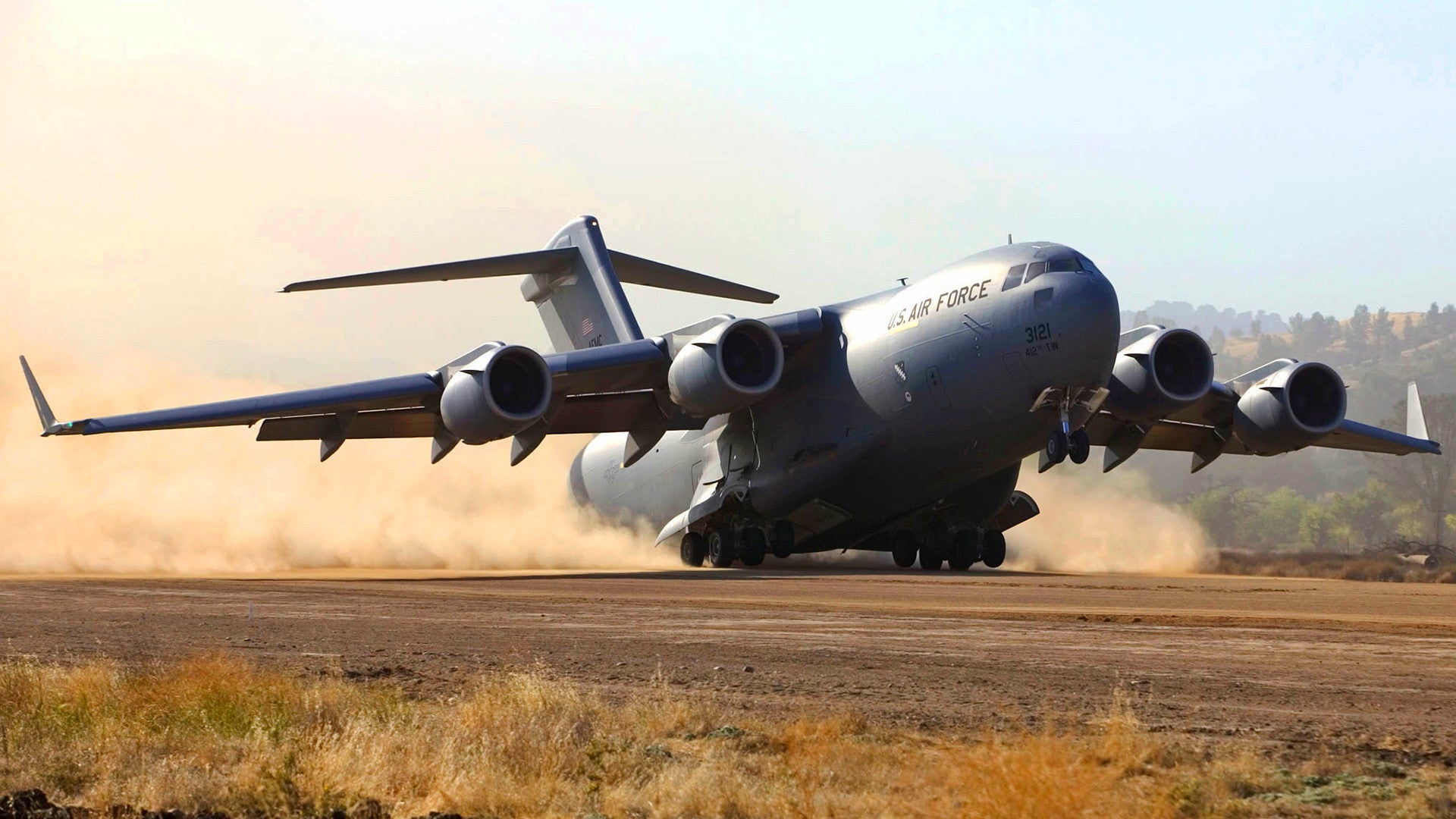In 2017, a C-17A Globemaster III airlifter landed in Yemen in order to collect six wounded members of the United Arab Emirates’ military and deliver them to safety. As Congress continues to debate whether or not to keep supporting the Saudi Arabian-led coalition fighting Iranian-backed Houthi rebels in Yemen, this mission is a good reminder that U.S. military will almost certainly remain engaged in its own murky operations against Al Qaeda- and ISIS-affiliated groups in the country regardless.
The Air Force Association revealed the existence of the aeromedical evacuation mission, which a crew from the 62nd Airlift Wing at Joint Base Lewis-McChord in Washington State had carried out, during its main annual conference and exhibition in Washington, D.C. on Sept. 17, 2018. U.S. Air Force Captain James Jenson accepted the 2018 Lieutenant General William H. Tunner Crew Award for most outstanding strategic airlift crew in the Air Force on behalf of himself and the rest of his crew, referred to by their callsign during the mission, Reach 865.
“The crew of Reach 865 executed an aeromedical evacuation of six Emirati soldiers from Yemen,” the announcer explained during the presentation. “They overcame a denial of air traffic services and degraded communications, deconflicted themselves from other American assets, and mitigated rapidly changing patient status to safely deliver the patients.”
We don’t know the exact date of the operation took place or where the C-17 landed in Yemen, how dangerous that location might have been, and where it subsequently delivered the wounded Emirati troops. U.S. Central Command confirmed the mission had occurred, but was unable to say whether or not any other aeromedical evacuations or Emirati or other U.S. partner forces in Yemen had occurred before that.
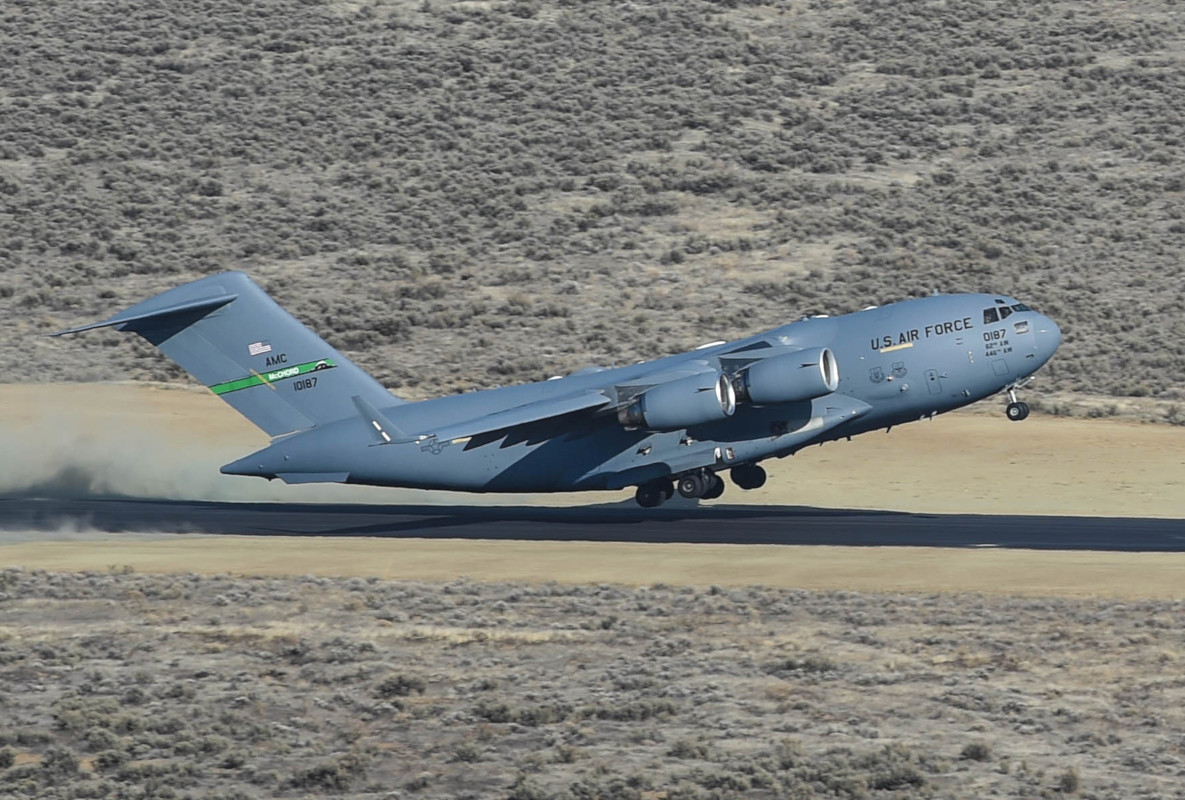
There was also no indication that the CENTCOM public affairs office was aware of this particular mission at all before we inquired about it. At the time of writing, we have not received any response from Joint Base Lewis-McChord or the 62nd Airlift Wing regarding our queries about this mission.
Aeromedical evacuations are not unusual for C-17s and their crews, though. The U.S. Air Force has even developed a full surgical suite, called the Tactical Critical Care Evacuation Team-Enhanced (TCCET-E), which is designed to fit inside the aircraft so medical personnel can perform life-saving operations in flight.

“During operations U.S. forces provided the Emiratis with intelligence support; airborne ISR; advice and assistance with operational planning; maritime interdiction and security operations; medical support; and aerial refueling,” a CENTCOM public affairs officer told The War Zone in an Email in September 2018. “However, due to security and force protection considerations, we will not discuss specifics regarding this operation.”
The Email did note that, at that time, the U.S. military did not have any standing aeromedical or casualty evacuation assets in place that were dedicated to supporting any operations in Yemen. However, in May 2018, U.S. Transportation Command had announced that it was looking to hire contractors to operate fixed-wing aircraft and helicopters and provide casualty evacuation and personnel recovery services at any of 10 different sites inside the country.
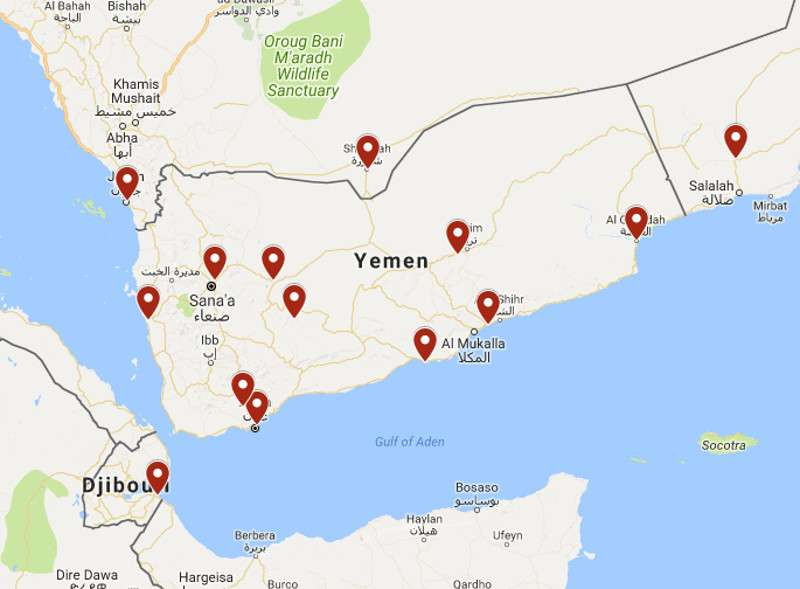
“Please note, this was in support of counterterrorism operations, not the Saudi-led Coalition in their fight against the Houthis,” the CENTCOM public affairs officer stressed in their Email. “DoD [the Department of Defense] provides non-combat advisory support, refueling support to Coalition aircraft and intelligence support to assist Saudi Arabia in preventing cross-border attacks.”
This is a critical distinction. The U.S. government has been under increasing pressure from within to end the latter support to the Saudi-led coalition in the face of a still growing humanitarian disaster in Yemen, brought on in no small part by often indiscriminate Saudi airstrikes, as well as Houthi intransigence. On top of that, U.S.-Saudi relations are at an all-time low after the brutal murder of Jamal Khashoggi, a Saudi-born journalist and sometimes critic of the ruling monarchy in Riyadh, who had been living in self-imposed exile in Turkey, in October 2018.
The U.S. government has been providing various types of support to the Saudis and their allies in Yemen since 2015, but Congress has never officially approved any of it. A recent report from The Atlantic, found that U.S. taxpayers had actually been footing the bill for mid-air refueling for Saudi and Emirati jets flying missions against the Houthis specifically. Today, the Pentagon has still not formalized an agreement requiring those countries to pay for the tanker services, despite a clear legal requirement to do so.
In September 2017, The Intercept had already revealed that the U.S. military was not accurately tracking when and how much it was fueling Saudi and Emirati aircraft at all. Earlier in November 2018, the Pentagon announced it would no longer refuel Saudi-led coalition aircraft at all, officially at the request of officials in Riyadh.
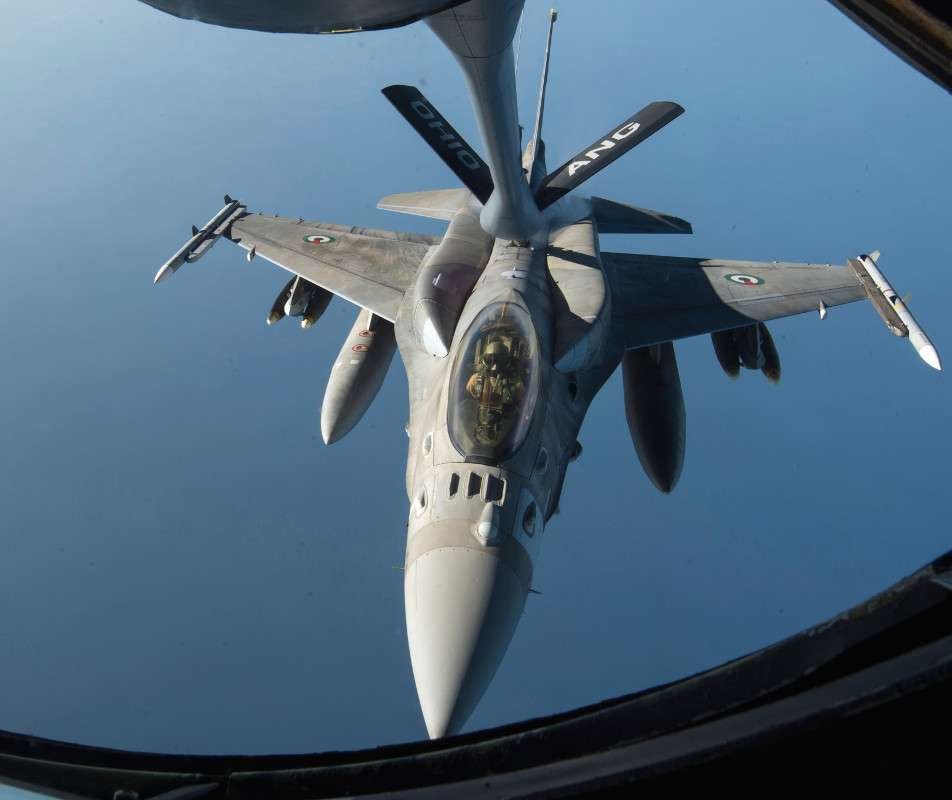
On Dec. 13, 2018, the U.S. Senate voted to pass a resolution invoking the War Powers Resolution of 1973 and calling for an end to all U.S. support for the Saudis and their allies in Yemen engaged in fighting the Houthis. That same day, they passed another non-binding resolution rebuking the Saudi government over Khashoggi’s murder and directly accusing Crown Prince Mohammad bin Salman of ordering the hit. Better known as MbS, the Crown Prince is widely seen as the real leader of Saudi Arabia as his father, King Salman bin Abulaziz, becomes increasingly old and frail.
The War Powers measure is unlikely to have any practical impact immediately since the U.S. House of Representatives has already rejected it. When the Democratic Party takes control in the House in January 2019, they will almost certainly revisit it, though. It is still a strong statement from legislators, including some Republicans, to President Donald Trump’s Administration, which has very publicly advocated for continuing to support the Saudis in Yemen. The U.S. government has also been highly supportive of the ongoing political process to end Yemen’s civil war, which that has seen more momentum recently with direct talks starting between the rebels and the country’s Saudi-backed, internationally recognized government in Sweden on Dec. 12, 2018.
It is worth noting, when it comes to supporting the Saudi-led coalition’s operations, the Trump Administration has simply been continuing a policy that President Barack Obama put into place. It’s also important to understand that the resolutions that the Senate passed and the House voted down both included carve-outs for U.S. operations in and around Yemen that are otherwise approved under other legislation.
In its September 2018 Email, CENTCOM would not say what specific operation the 62nd’s aeromedical flight had been in support of, but we do know that U.S. forces were actively working with UAE personnel in 2017 to loosen Al Qaeda in the Arabian Peninsula’s (AQAP) grasp on Yemen’s central Shabwah Governorate. “We have been working there with airstrikes as necessary and the authority to do ground operations where necessary,” U.S. Navy Captain Jeff Davis, a Pentagon spokesman, told The Washington Examiner in August 2017.
At the same time, U.S. special operations forces were taking part in an operation known as Yukon Sceptre. While we don’t know the exact details about that operation, the so-called “first word” “Yukon” in operational nicknames is almost exclusively linked to activities in Yemen. Sometime prior to 2017, there had been another counter-terrorism operation in Yemen known as Yukon Viking.
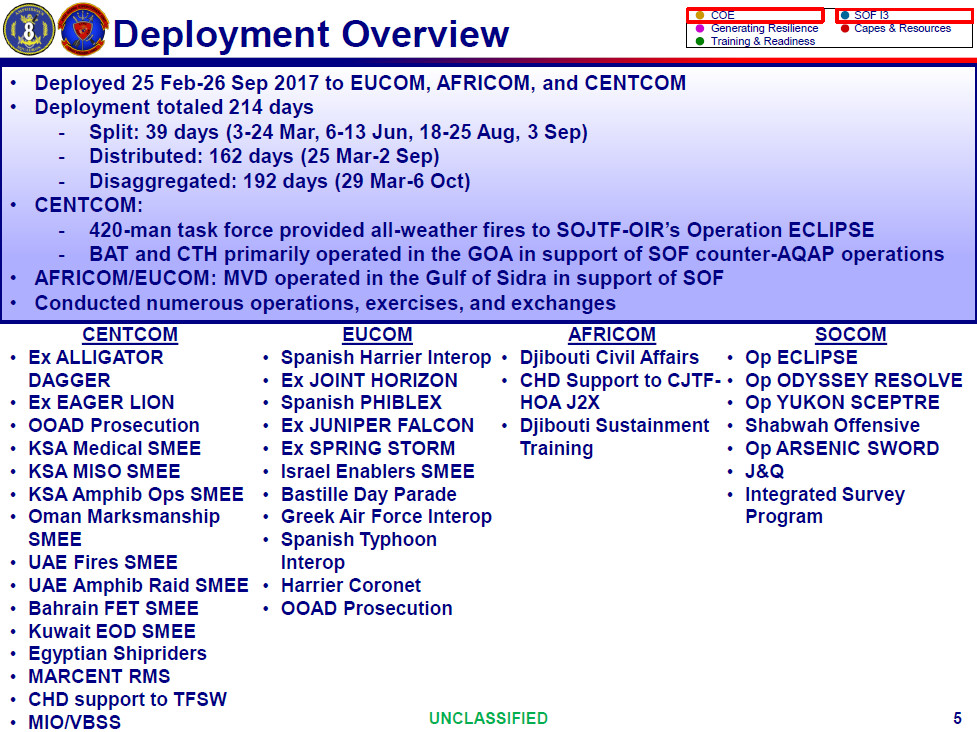
In February 2018, the U.S. military began Yukon Journey, which the Pentagon only publicly acknowledged in November 2018. Yahoo News later confirmed this was indeed a new American operation in the country. However, this specifically referred to American support for the Saudi-led coalition’s fight against the Houthis.
It is possible that Yukon Sceptre referred to the separate fight against AQAP- and ISIS-affiliated groups in the country, which the U.S. government understands to be authorized under the 2001 Authorization For Use of Military Force, or AUMF, which Congress passed into law after the 9/11 terrorist attacks. If all these different operations, with unclear timelines and objectives, seem confusing and murky, that’s because they are.
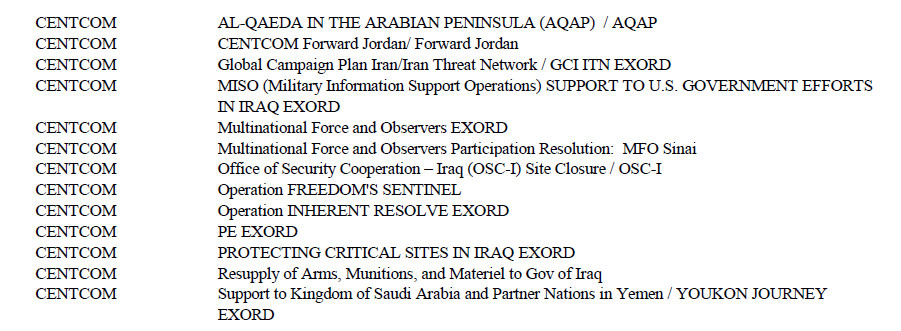
It’s also difficult to say for sure where the U.S. counter-terrorism operation ends and the Saudi-led coalition fight against the Houthis begins. For example, there’s no indication the U.S. knew or knows now whether Emirati aircraft it was refueling as part of aid to the Saudi-led coalition went on to strike Houthi or AQAP targets.
Further underscoring the complexities of the situation in Yemen, in their fight against the Houthis, the Saudis have decided to embrace other Islamist groups they had previously opposed and accused of having links to AQAP and the Muslim Brotherhood. This most notably includes the Yemeni political party Al Islah.
At the same time, the Saudi’s ostensible ally the UAE continued to target Al Islah members until December 2017, going so far as to reportedly hire an American-based hit squad to murder them. It remains unclear still whether the Emiratis conducted those activities under the guise of the fight against the Houthis, their U.S.-backed mission against AQAP and ISIS, or as part of a third front they pursued entirely independently.
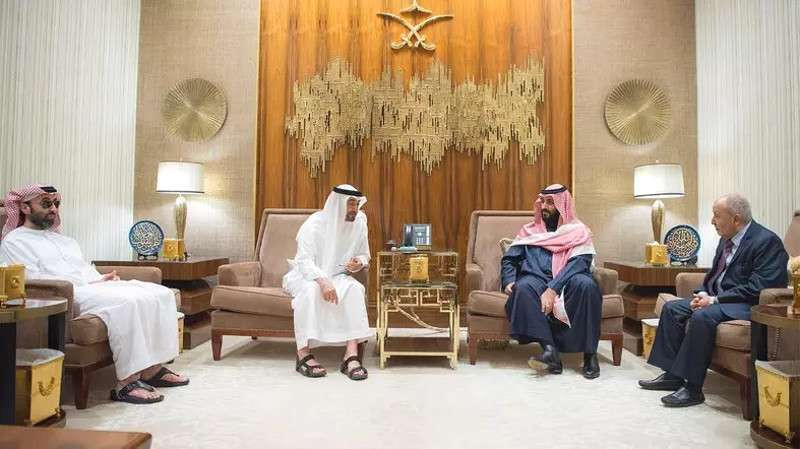
As such, no matter what support the U.S. military does or does not render to the Saudi-led coalition, there remains a significant risk that American personnel in Yemen will find it difficult to segregate their operations from those of other countries fighting the Houthis. A good example of this was when Houthi forces shot down a U.S. Air Force MQ-9 Reaper in 2017.
We don’t know what operation this drone was supporting and, for all practical purposes, it doesn’t matter. Had the Houthis seen the 62nd’s C-17 on its aeromedical mission, there’s no reason to imagine they might not have decided to engage it, too, thinking that it might have been delivering personnel or equipment to the Saudi-led coalition. The U.S. military’s designated “Yemen Joint Special Operations Area” spans the entire country. In addition, the UAE itself operates its own C-17s, further increasing the likelihood that the rebels would seek to shoot it down.
All told, even if Congress succeeds in ending U.S. military support for the Saudi-led coalition fighting the Houthis, which looks increasingly likely, there is absolutely no indication that this will bring an end to American operations in Yemen. It would not automatically end support for members of that coalition, primarily the UAE, ostensibly fighting AQAP and ISIS, either.
There have been far fewer calls for more public oversight of these other American military activities in Yemen, as evidenced by the aeromedical mission in 2017 that apparently went unnoticed even by certain elements of the U.S. military itself. Congress has shown little stomach for repealing or amending the 2001 AUMF, despite some recent attempts to do so.
Unless more dramatic changes in U.S. foreign policy occur, the U.S. military looks set to be involved in Yemen for years to come. Without clarity as to the full scope of its activities there, the United States’ activities in the country will similarly remain as controversial as ever.
Contact the author: jtrevithickpr@gmail.com
